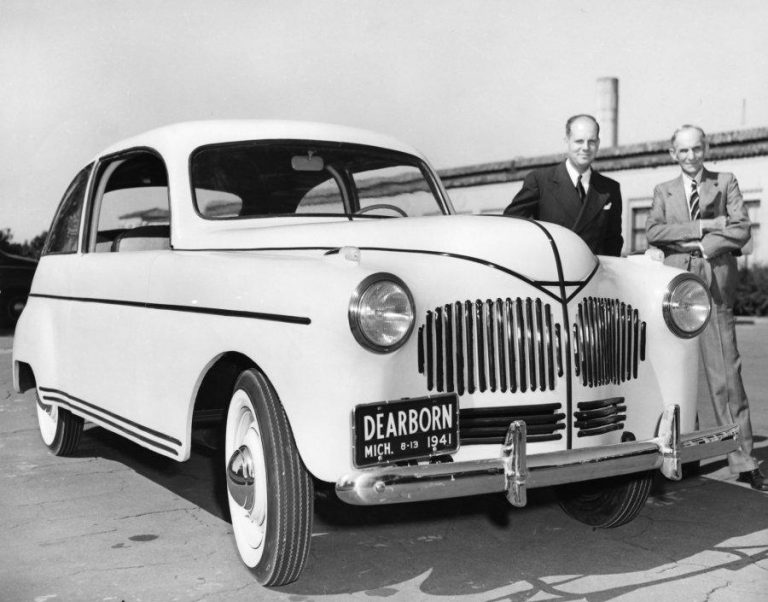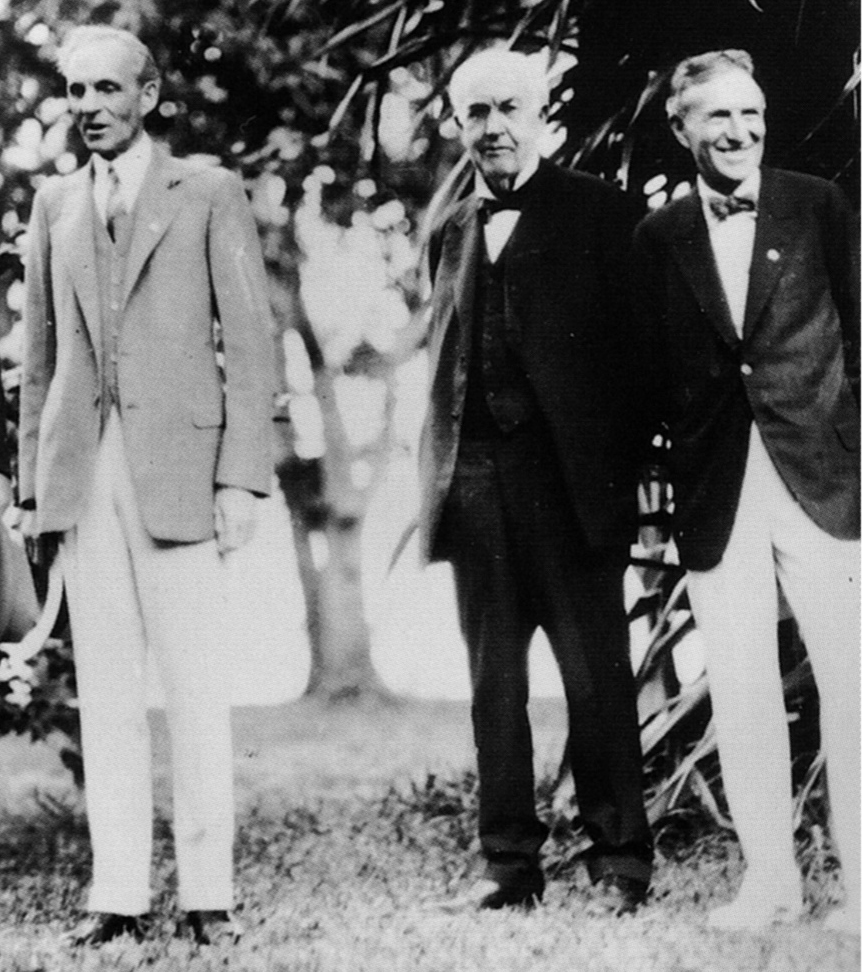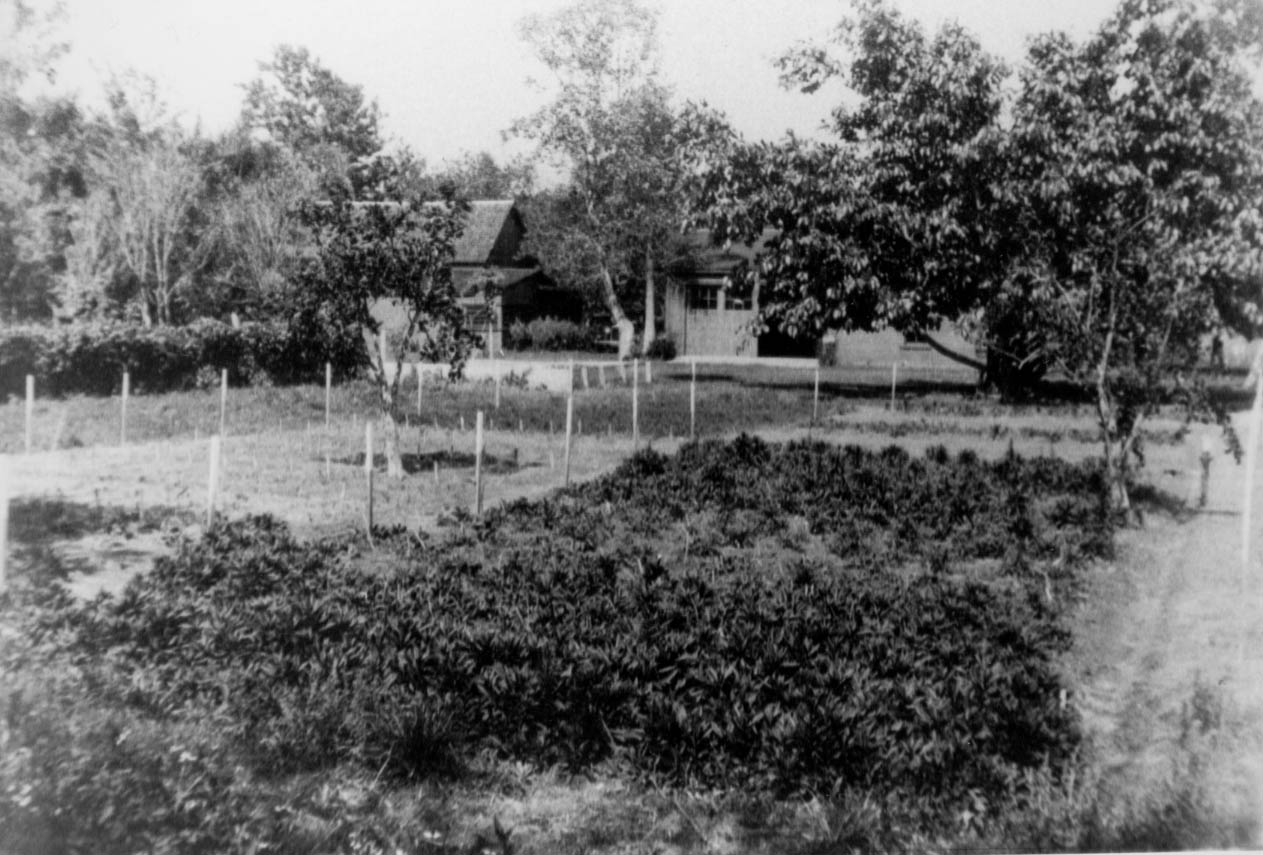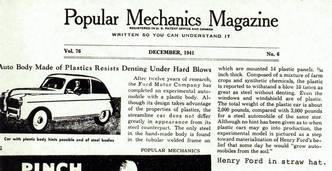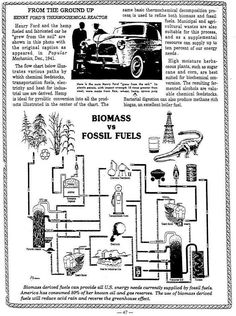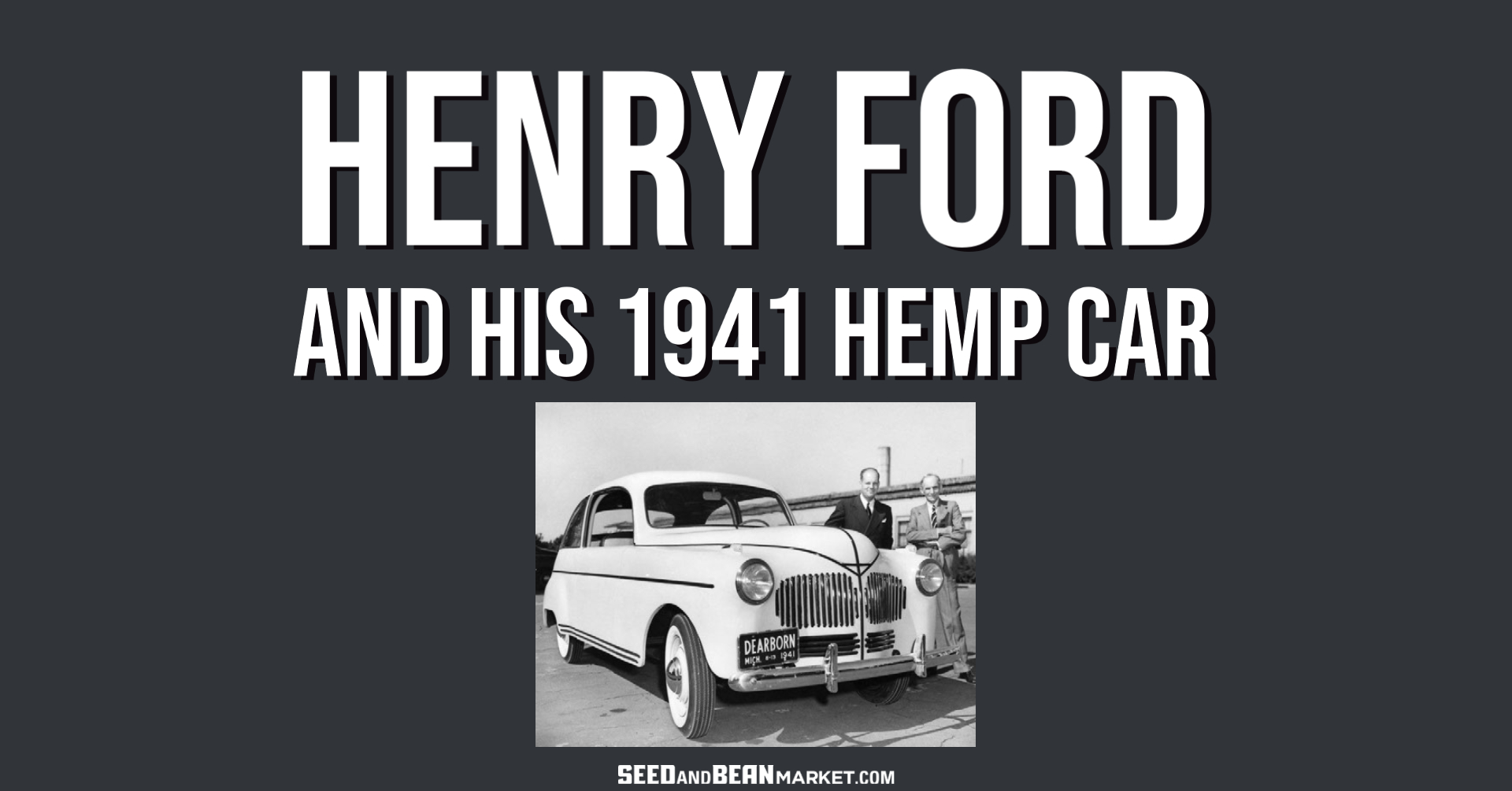
Henry Ford was an American industrialist as he made vehicles that were accessible and affordable to middle class Americans. He was a business magnate as he founded Ford Motor Company, and he was chief developer of the assembly line technique, revolutionizing mass production. But did you know that Henry Ford invented a car that ran on hemp-ethanol?
According to Very Magazine, Henry Ford presented his groundbreaking hemp fueled cellulose-plastic prototype car after 12 years of research. The panels proved to have the impact strength 10 times stronger than steel as it was built with 70% cellulose fibres.
In December of 1941 Popular Mechanics Magazine said, “The experimental model is pictured as a step toward materialization of Henry Ford’s belief that some day he would “grow automobiles from the soil.”
Many southwest Florida locals take pride in the history of Fort Myers that includes the uncommon friendship of Thomas Edison, Henry Ford, and Harvey Firestone that sparked the Edison Botanical Research Corporation.
“In 1927, Thomas Edison, Henry Ford, and Harvey Firestone were concerned about America’s dependence on foreign rubber sources for its industrial enterprises. The three men formed the Edison Botanic Research Corporation (EBRC), and the following year, built this Laboratory, which became the project’s international headquarters.” —Edison Ford Winter Estates
Learn more about Uncommon Friends here >
“It will be a car of darn sight better design in every form. And don’t forget the motor car business is just one of the industries that can find new uses for plastics, made from what’s grown in the land!” Henry Ford—New York Times, 2 Feb 1941, according to Very Magazine.
Very Magazine also states “An all-plastic car 300 pounds lighter than comparable models built of steel and having ten times the impact resistance of steel is near completion in the Ford plant at Dearborn, Mich., Popular Science Monthly announced last week. In a special interview, it was said, Henry Ford predicted that his test car, made of plastic body, hood and fenders, would be lighter, safer and less expensive.”

